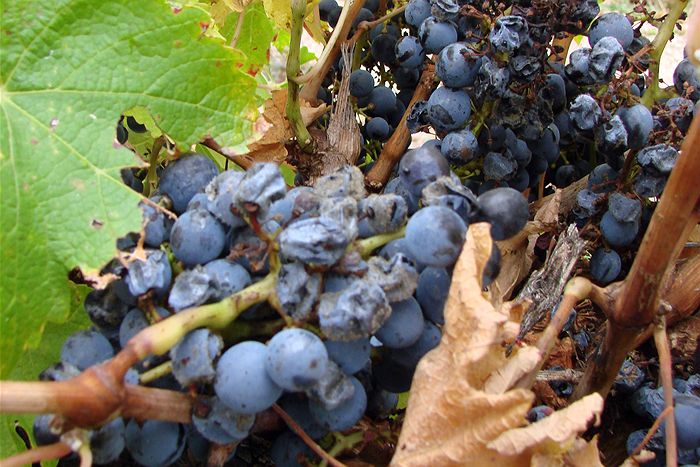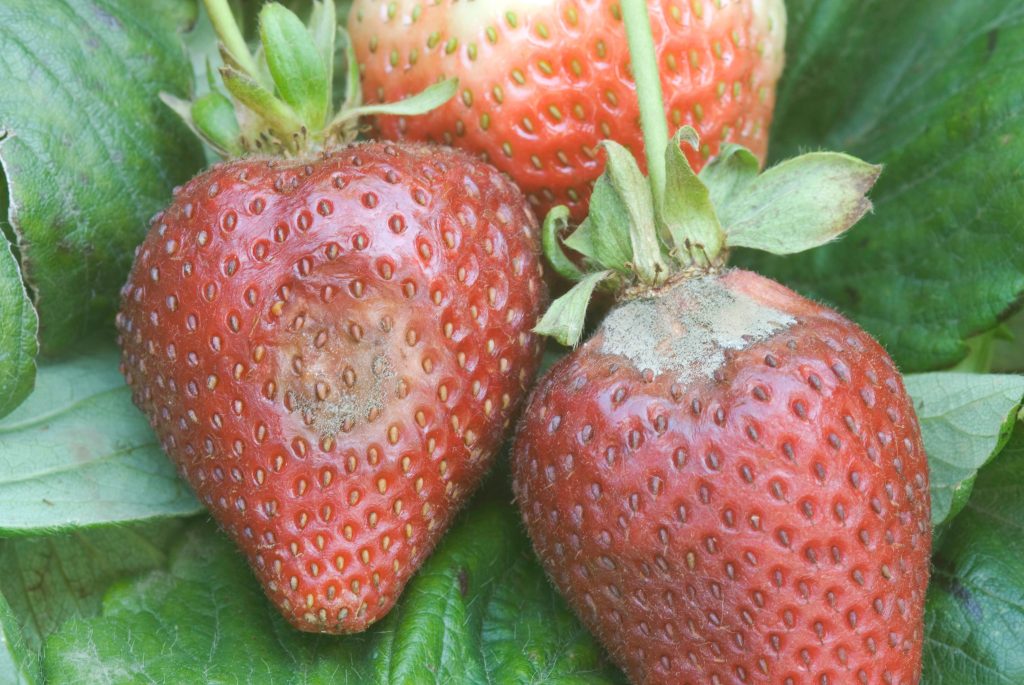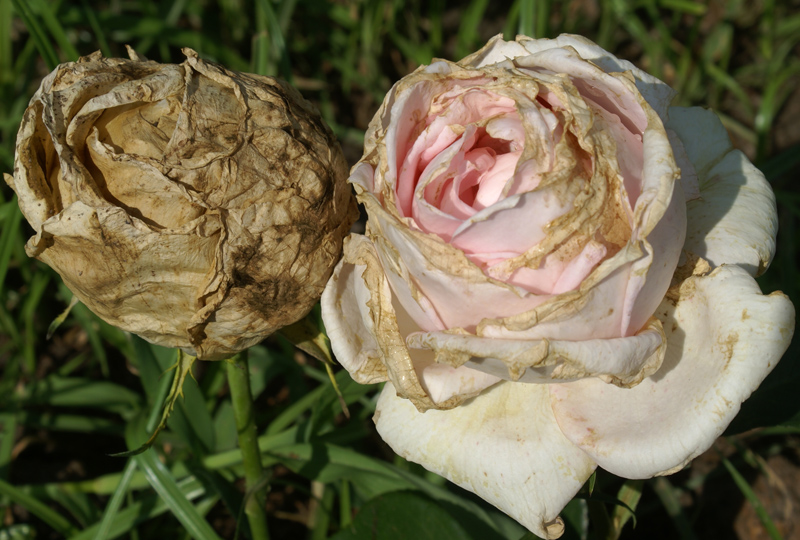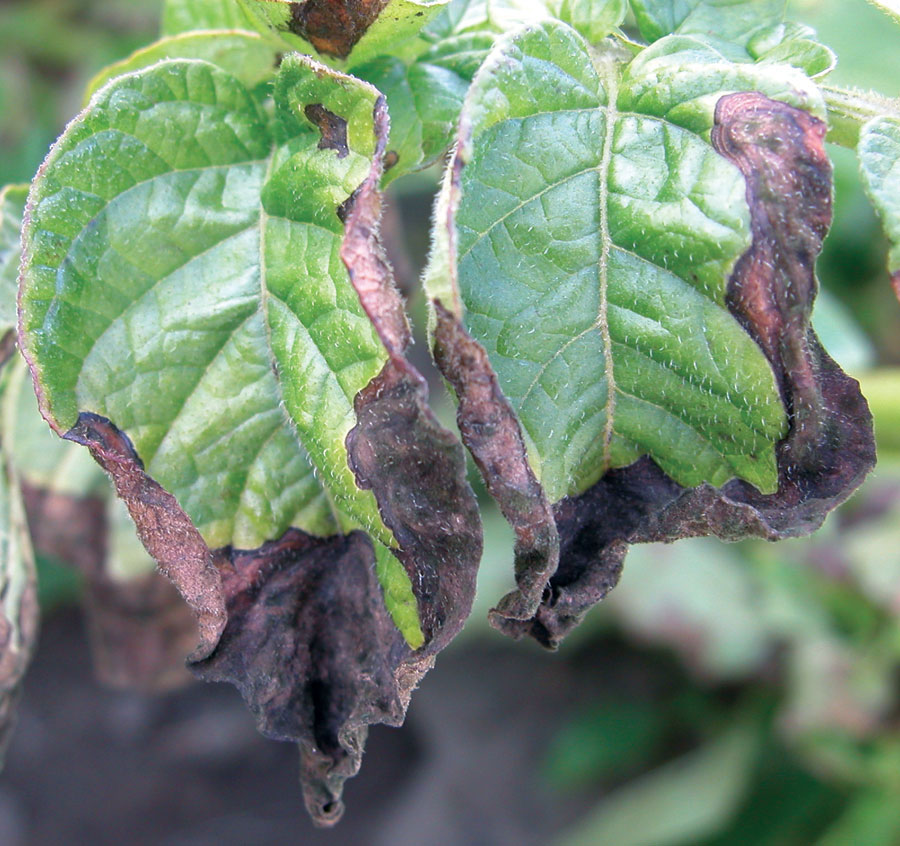What is Botrytis? – Identification, Treatment and Prevention
Did you know that the total cost of crop losses worldwide caused due to Botrytis Cinerea is anywhere between $10 and 100 billion every year?
This number alone displays just how big of a menace this problem is for the farming community. Sadly, even with such a widespread impact on finance and large implication on the food production, many of the farmers don’t know about Botrytis Cinerea often times, referred to as grey mold. If you’re one of them, let’s unveil its meaning, it’s effect and how to control, treat and prevent it.
What is Botrytis Cinerea?
It is one of the types of fungal plant diseases that grows and nurtures in cool, damp climate. It’s also a very common form of the pathogen that responsible for the post-harvest decay of produce, most notable being wine grapes. Theoretically, it can affect a range of plants. However, the problem is seen prevalently in ornamental plants, as well as vegetables—ranging everything from geranium and petunias to grapes and tomatoes. Also, easy to spread even after the harvest, when at storage, Botrytis Cinerea grows much faster on the tender end of plants in the highly humid environment.
The leaves get discolored, wilt and form greyish spotting, eventually breaking and dying. This gradually reduces the growth time and productivity of the plant, which rots and drop off the fruits and vegetables. Also, even after the harvest, the produce can continue decaying due to this disease. All in all, not only does it cost farmers big but also deliver fruits and vegetables to the consumers that are poor in quality and terrible in taste, often virtually too bad to consume.
How to identify Botrytis Cinerea?
Spotting such plant diseases are very straightforward. Look for these signs to identify whether or not your plant is affected by Botrytis Cinerea:
-Water-soaked spots are appearing on the leaves that usually look white.
-The leaves are discolored in a pattern that distinguishes them from the old ones.
-They have gray mold or spots on them that grow by passing days.
-The flowers look old, faded and have marks of wear and tear.
-The leaves and fruits or vegetables are falling off the branches prematurely.
How to control and treat Botrytis Cinerea?
In order to control the spread of this disease, the best idea is to chop off the affected area and throw it away. Otherwise, it could spread very fast, and even take shape of other fungicidal methods. So, the sooner you find about this problem, the better it is. Next step you can take is to make its growth environment unfavorable.
Botrytis Cinerea breeds in the humid and relatively cooler environment; meaning, the season between winter and spring is the most common. What you can do is increase the airflow surrounding the affected plants and then watering it overhead. This can control the spread of the disease.
For storage of the fruits and vegetables after harvest, avoid the cold and high-humid place. Also, avoid stacking them together in an enclosed place; provide decent space for easy air circulation, which is very critical.
Next step you should take, and this is an important one, is investing in high-quality fungicides. Spraying the right solution can shield your plants from spore infestation. This is even more important if you live in a cold and humid area.
What fungicide to use for BC?
With the market flooded with so many types and varieties, it’s very important that you invest in the right one.
Field performance is key in helping growers choose a fungicide. While not a guarantee of future success, past performance of what a product did is an indication of future decisions.
Labeling, of course, delivers the benefits and highlights the essential information necessary to make an informed decision. Is the product labeled for the crop in question? Which pathogens are effectively managed? What are the recommended rates, application timings, and scheduling considerations?
The cost comes into play for growers when defining the line between crop profit and losing money because of high production costs and low prices. The price per acre may then be a factor in choosing between fungicides that have comparable levels of performance.
In all instances, the grower, should consider the checklist of factors, weigh the pros and cons and take a final tally. Often times a particular product has all advantages, meets all desired criteria, and will be the clear winner.
How to prevent BC?
After you have successfully controlled and prevented the disease, it’s time to prepare for the next time in ensuring such situation doesn’t arise by managing of environmental conditions, such as regulation of temperature, humidity, leaf wetness duration, and sound cultural practice are the best ways to prevent the disease from developing.
Now that you know how to identify BC, get out there and get things moving. Identify plants that are infected, find the right treatment, and purchase a good quality fungicide. Don’t let this disease sweep away all your hard work and spoil your harvest. Take the necessary action today.
Incorporating world-recognized natural disinfectant technology that carries surfactant capability, Plant Wash by Surverda Labs has proven to be an effective an enhancer for fertilizers, fungicides, pesticides & herbicides, improving crop quality and productivity, helping in higher yields.
For more information, contact your SurVerda Labs representative. Contact Us.





